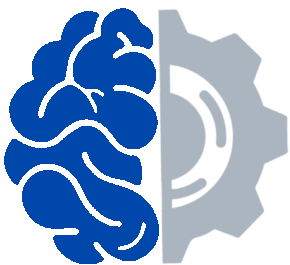6 Reasons Why You’re Not as Rational As You Think
We’re all familiar with the staggering incompetence that human beings can display. It can be frustrating to be an observer to the destructive, clueless behavior of others. The internet abounds with examples of this sort of behavior. It is easy to forget that others must put up with the same shortcomings from ourselves.
The mind is a useful machine and can do a lot of amazing things. There are however, several things that the brain is not very good at. Psychologists Daniel Kahneman and Amos Tversky won the 2002 Nobel Prize in Economics for their work on heuristics, or mental shortcuts, in judgement and decision making. It turns out that our minds are really dedicated to smoothing out the edges and oversimplifying reality.
Here are 6 good examples how.




